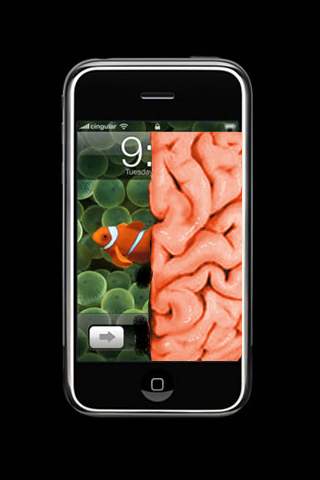New Gadget Madly In Hope
A blog about my iPhone dev efforts
Jump to navigation
23 July 2025
Well it's the middle of 2025 and: I finally released LineHum! It still has some mysterious behavior like not rendering its icons in the "UsefulButton" gadgets.
Most of my other projects have been webapps to connect with my Erae 2 touch controller. But I want to get back to AUMI, to make a more accurate color tracker and try some other fingerprints for the pose detector. And making the webapp version correctly!
I also continue scratching my head on the all timbre based listening synth system. We'll see!
04 January 2024
2024 is here!
Well, many projects are kind of stuck in a sleepy state right now! I've been writing firmware for the mysterious h-pi Flash synthesizer, roughly thumb sized. To control it, I've put together a crude webapp.
Line Hum is in better shape, but I want to see if I can control the size of its window. Furrau is not any different, much, there are still some AU tricks I need to discover.
I'm also interested in porting Pink Trombone to an AU that uses MIDI polyphonic pressure commands to make vocal sounds. We'll see!
AUMI Together is not very together, but the AUMI book is coming out soon, and there should be a new video and a new AUMI soon with some obscure features added to it mostly for my own sake.
I've also been making physical instruments out of my Ear-idescent Nightingale 24 string autoharp, and a bunch of old wrenches.
There are some youtube videos detailing this:
https://www.youtube.com/@jhhl/video
I get the very silly domain arty.fish and have its website running on the NAS in my kitchen.
I should move some of my older stuff off the old ECHO website there!
10 June 2022
New ideas
Hi Folks!
Well, I'm trying to be happy with my first AU offering, Line Hum. It's mostly ready, it's kind of silly, the UI is kind of ugly, but It mostly needs screenshots. LineHum makes the sound of an ungrounded cable with various harmonics, jitter, and ring modulation thrown in. While it's happy to run at 60 (or 50) Hz, it actually can run at any frequency, because it's an AU, you can run them in parallel or serial, to make phasing and ring modulated effects in a kinf of messy way.
I'm also experimenting with au's possibility of multiple output busses, so .. I'm working on one called Furrau (like furrow, but an AU, get it?) The idea is to take an original sound source, analyze it, and use the analysis to split it up among 16 busses. Each of those busses can then have their way with it with other effects, recording, whatever.
On trick I have working is to detect silences in the stream and when it's no longer silent, swap over (fade, really) to the next bus . There will be lots of kinds analytical breakups, spectral ones, bandpass filters, transit detection, that kind of stuff. It could do spectral transfer the way I'd like it. Some effects might not use the full 16 output busses.
This AU research will help me to make the "replacement for Droneo" that I keep talking about, which will be a generative timbre system, and the thing that will be like Schwa that will in fact have analysis section so schwa-like effects can be made out of other sources. It'll be a cross between schwa and good old Sound Bite.
17 March 2021
I'm starting to do a few experiments with Apple's haptic support. Yeah, I know, software when I really want everything to not need batteries. But what I'm thinking of is right up Haptician's alley. I'm going to make an Audio Unit that can interpret audio and MIDI into signals onthe haptic motor (only possible in certain iPhone models).
Basically:
- Signals will be turned into events. signals are MIDI messages, band passed filtered audio envelope followers, pitch trackers, gat detectors, noise detectors: a number of raw sources that become event messages
- A Mapper maps events into synthesizer commands The events are mapped, using state machines, into synthesizer commands. In this case, the synth is the tactic motor (although also possibly audio as well). The synth commands aget put in the synth's scheduling queue.
- Synthesis The synth operates onthe commands that are scheduled in the queue.
This is more or less how AUMI Sings works.
What will develop on the synth side is a number of tactile patterns that act like notes. There's a small amount of polyphony: a continuo "drone" that can be modulated a little, with one or two "solos" on top. Because it's an AU, it can be integrated into the iOS Music ecosystem of MID and audio effects, preset saving and sharing, and dynamic parameter changing.
14 December 2020
Interview
A few months ago, I was interviewed in "Sound Bytes" online magazine:
Here it is.
In the interview I talk about my plans for the successor to Droneo, web app projects, PolyHarp, and other things!

